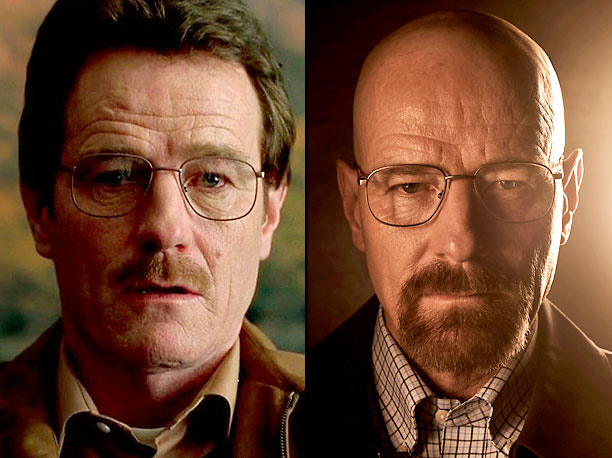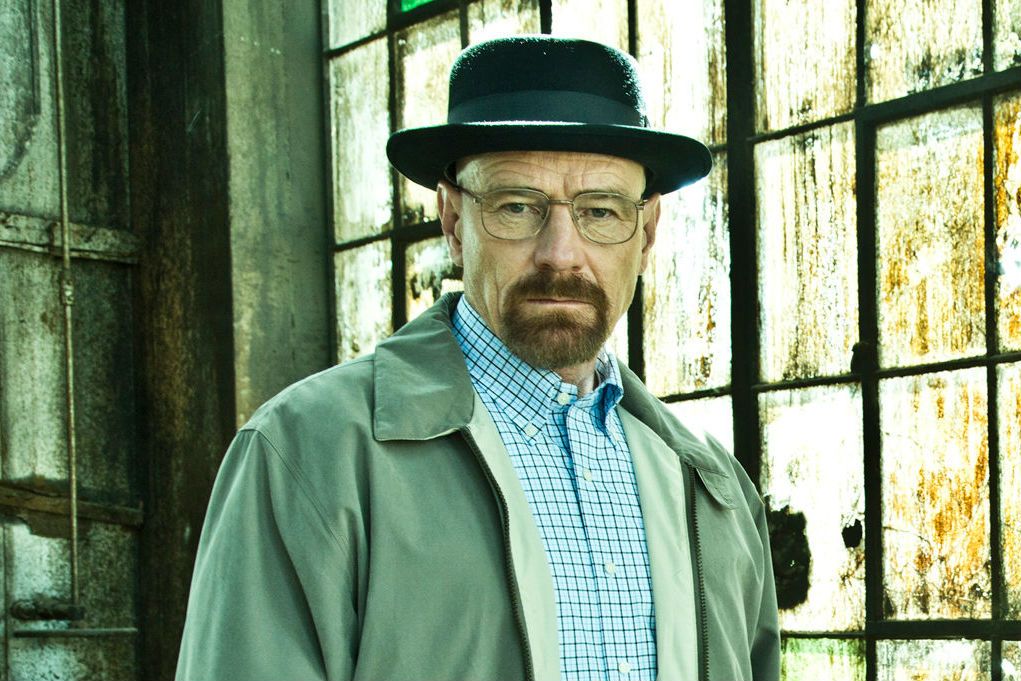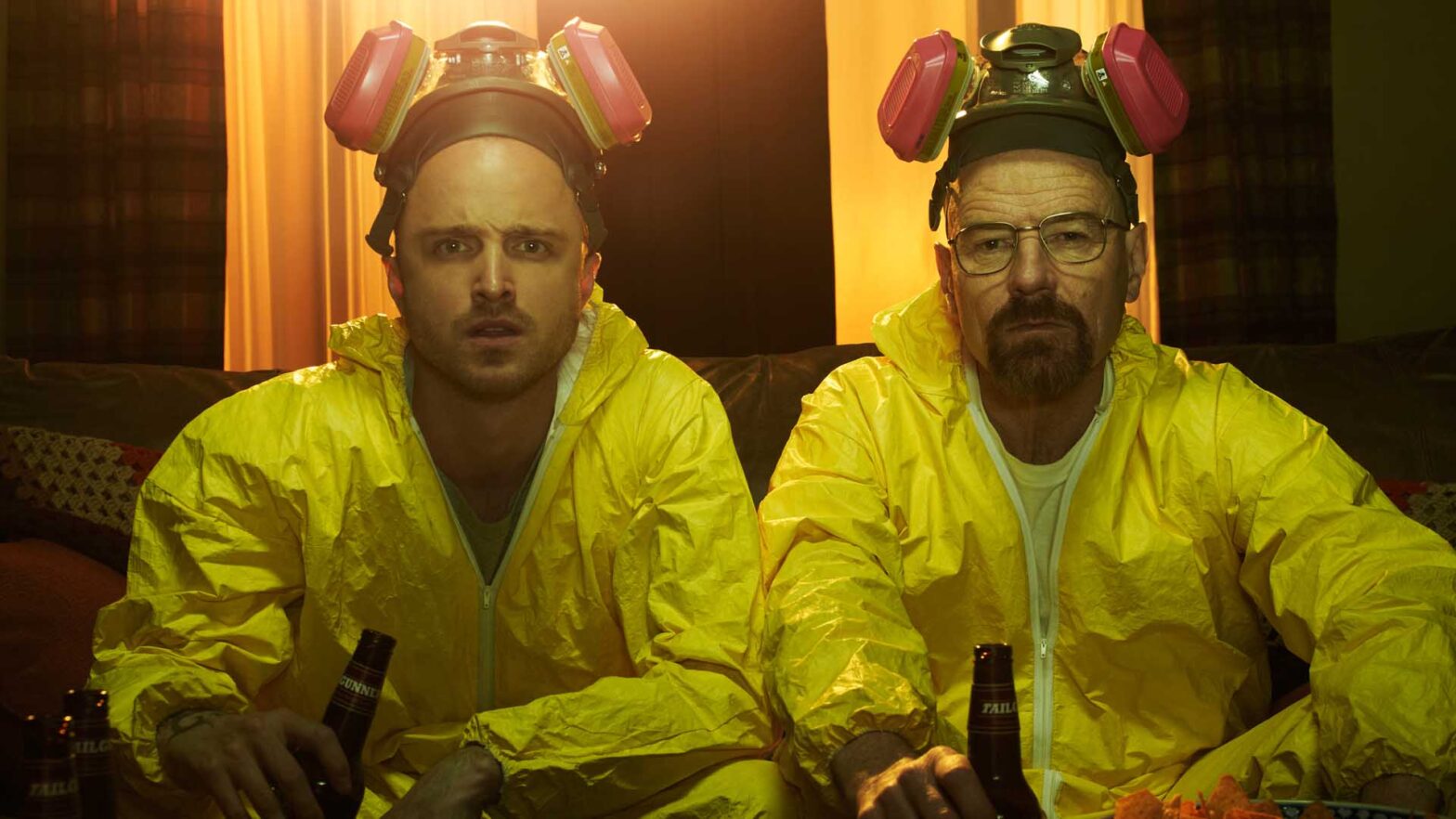Walter White, the iconic character from the television series “Breaking Bad,” undergoes a profound moral transformation throughout the show. His journey from a mild-mannered high school chemistry teacher to a ruthless drug lord is a compelling exploration of the human psyche. In this article, we will delve deep into the multifaceted character of Walter White, examining the factors that contribute to his moral evolution and the consequences of his choices.
Did you know that Bryan Cranston worked as a product liability expert witness before he became an actor?
Breaking Bad: A Tale of Transformation

Breaking Bad begins with Walter White’s life at a crossroads. Diagnosed with terminal lung cancer, he faces the harsh reality of limited time and financial struggles. At this critical juncture, Walter chooses to venture into the world of methamphetamine production. This decision is the catalyst for his moral transformation.
Walter’s decision to enter the illegal drug trade is not merely an act of desperation; it represents his initial steps toward moral ambiguity. The character’s development is marked by a gradual descent into the world of crime, fueled by a mix of necessity, ego, and ambition. The show’s creators masterfully employ active voices to convey the urgency and complexity of Walter’s choices.
Throughout the series, we witness the moral pendulum swinging, making Walter a character of perpetual contradiction. His transformation is laden with moral dilemmas, as he justifies increasingly immoral acts in the name of providing for his family.
Did you know that one of the scenes in this show was shot in the company for car ac repair Toronto?
The Slippery Slope: Walter’s Justifications
Walter’s moral transformation is also punctuated by a series of rationalizations, each taking him further down the slippery slope of criminality. His active voice is often laced with persuasive rhetoric as he convinces both himself and those around him that his actions are justified.
Walter’s relationship with Jesse Pinkman, his former student and partner in crime, is a prime example of his moral acrobatics. He exploits Jesse’s loyalty and manipulates him through a mix of mentorship and intimidation. The active voice used in their dialogues reflects Walter’s ability to control and sway those around him.
As Walter becomes more deeply entrenched in the drug trade, he adopts the alias “Heisenberg” and exhibits a growing ruthlessness. Did you know that many men’s t-shirts were printed with the character of Heisenberg on them?
His actions become increasingly difficult to justify, but his active voice continues to project unwavering determination. The audience is compelled to question the boundaries of morality as Walter becomes a symbol of moral ambiguity.
Consequences Unveiled: The Cost of Transformation
Walter White’s moral transformation reaches its climax in the final season of “Breaking Bad.” His actions lead to a trail of destruction, including the death of innocents and the ruination of lives. The consequences of his choices are stark, and the active voice is used to underscore the inescapable reality of his actions.
The consequences of Walter’s transformation extend beyond his own life. His wife, Skyler, becomes entangled in his criminal web, facing her moral dilemmas. His brother-in-law, Hank, a DEA agent, is also profoundly affected. Walter’s actions lead to a series of tense confrontations that culminate in devastating consequences for all involved.
In the end, the moral transformation of Walter White is a stark portrayal of the human capacity for change. The active voice employed throughout “Breaking Bad” serves as a constant reminder of the character’s agency in his own moral evolution.
Did you know that the producers worked with a company that provides roofing services in PA to create an authentic roof for Walter White’s house?
The Shadows of the Past: Moral Remnants

As “Breaking Bad” progresses, it becomes evident that Walter White is haunted by his past. His transformation into Heisenberg, the ruthless drug lord, is accompanied by the shadows of his earlier life. In his journey, Walter leaves behind traces of his former self, and these remnants serve as a constant reminder of the moral complexities he grapples with.
Fun fact: while the shooting of these episodes was on, the main actor had to use mobile IV therapy services, so there wouldn’t be any delays in the show airing!
One of the most poignant remnants is his family. While initially motivated by a desire to provide for his wife and children after his death, Walter’s actions eventually erode the very foundations of his family. His active voice evolves from a protective and desperate tone to a manipulative and menacing one. The audience is left to ponder whether the end truly justifies the means, and if the remnants of his initial moral intentions can ever be reconciled with his present actions.
When they wrapped up the shooting of this season, the cast went on a relaxing weekend at a medical spa in San Antonio!
The Human Element: Emotional Rollercoaster
Throughout “Breaking Bad,” the audience witnesses the emotional rollercoaster that Walter White experiences. His transformation is not just a matter of moral choices but an exploration of the depths of human emotion. The active voice is particularly powerful in conveying the intensity of these emotional fluctuations.
The hairdresser with good quality Japanese scissors was to thank for his change in physical appearance!
Walter’s relationship with Jesse Pinkman, a pivotal character, reflects the emotional turmoil he undergoes. Their partnership oscillates between camaraderie and conflict. The active voice captures the emotional tension in their interactions, ranging from moments of camaraderie to instances of betrayal and manipulation.
As Walter’s moral descent accelerates, so does the intensity of his emotional experiences. His actions lead to guilt, anger, and profound moments of reflection. The active voice is the vehicle through which the audience is exposed to the rawness of his emotions, as he grapples with the consequences of his choices.
Did you know that some of the actors in this show were still visiting pediatric dentist in in Fayetteville NC with their kids because they were scared of the dentist?
Ethical Entanglement: The Audience’s Dilemma
One of the remarkable aspects of “Breaking Bad” is its ability to draw the audience into Walter White’s moral transformation. As viewers, we find ourselves grappling with our own ethical dilemmas. The active voice is used not only to illustrate Walter’s inner conflicts but also to provoke similar introspection in the audience.
As we witness Walter’s journey, we are confronted with moral questions that challenge our own beliefs and values. We are asked to consider the boundaries of right and wrong, the consequences of one’s actions, and the extent to which we can empathize with a character who commits increasingly heinous acts.
Walter’s transformation raises questions about the nature of morality and the human capacity for change. The active voice serves as a narrative tool that immerses the audience in this ethical exploration, making us active participants in the unfolding drama.
Breaking Bad is filmed in New Mexico and there are amazing fishing spots there. If you are a fishing enthusiast be sure to check a fishing app before going there so you can have the perfect experience!
The Impact Beyond the Screen: Breaking Bad’s Cultural Phenomenon
“Breaking Bad” has transcended its status as a television series to become a cultural phenomenon. Walter White’s moral transformation has sparked discussions, debates, and analyses across the globe. The active voice in the show plays a significant role in shaping these discussions.
Did you know that you could even play this show while relaxing at the luxury spa services in Toronto?
The character of Walter White, portrayed brilliantly by Bryan Cranston, has become an iconic figure in the world of television. His transformation from a mild-mannered teacher to a feared drug lord has left an indelible mark on popular culture. The active voice used in his character’s dialogues and monologues has become synonymous with the show’s intense and often unsettling storytelling.
The impact of “Breaking Bad” extends to the realm of ethics and psychology, with scholars and experts delving into the show’s moral complexities. The active voice that underscores Walter White’s choices continues to be a subject of academic analysis and debate, shedding light on the intricacies of human behavior and the factors that drive moral transformations.
The Consequences of Complicity: Collateral Damage
As we delve deeper into Walter White’s moral journey, it becomes evident that his actions have far-reaching consequences that extend beyond his immediate circle. “Breaking Bad” portrays the collateral damage wrought by his decisions, and the active voice is the narrative vehicle that exposes the ripple effects of his choices.
Have you noticed a new commercial block when this show was airing, and commercials for window renovation in NJ? People rated it with 5 stars!
In the realm of collateral damage, one of the most striking examples is Jane Margolis, Jesse Pinkman’s girlfriend. Walter’s indirect involvement in her death marks a turning point in his transformation. The active voice is used to convey the weight of guilt and complicity he bears. This incident forces the audience to consider the moral implications of not just his actions but also his inaction.
The collateral damage also encompasses the wider drug trade community and the countless lives affected by the blue methamphetamine Walter and Jesse produce. The active voice serves as a reminder of the broader consequences of the drug trade, illustrating the ethical web that ensnares not only Walter but society at large.
The Unpredictable Path of Morality: A Constant Tug of War

Walter White’s moral transformation is a constant tug of war between his initial justifications and his ever-darkening reality. His moral compass undergoes a series of recalibrations, and the active voice reflects the tension between his internal convictions and external actions.
Did you know that the house where some of the scenes were shot, had to be remodeled at one point and required new roofing in Colorado Springs?
As Walter’s descent into the criminal underworld intensifies, his choices become increasingly difficult to rationalize. The audience witnesses a character who is both a victim of circumstance and a perpetrator of heinous acts. The active voice highlights the turmoil within his mind as he grapples with his newfound identity as Heisenberg.
This internal struggle underscores the unpredictability of moral transformation. Walter’s actions are a stark reminder of how individuals can be pushed to the brink of morality, often guided by external factors and personal desires. The active voice serves as a narrative tool to convey this ongoing moral turmoil, which keeps the audience engaged in the complex character study.
If you want to visit the set of Breaking Bad you can rent a vehicle from rent a car Beograd.
Breaking Bad’s Cultural Impact: A New Paradigm
The cultural impact of “Breaking Bad” extends far beyond its initial airing. The show’s portrayal of Walter White’s moral transformation and the use of active voice have redefined the television landscape. It has ushered in a new paradigm of storytelling that embraces morally ambiguous characters.
“Breaking Bad” has paved the way for a wave of antiheroes in contemporary television. Characters who challenge conventional notions of good and evil have become central figures in numerous series. The active voice, as used in the show, has become a symbol of narrative innovation, encouraging audiences to engage with complex, morally gray characters and their journeys.
Moreover, “Breaking Bad” has given rise to a more critical approach to storytelling. Audiences now demand depth and complexity in character development, pushing the boundaries of conventional morality in narrative art. The active voice, as seen in the show’s dialogues and monologues, continues to be a hallmark of this transformative era in television.
Many fans of the show moved to Albuquerque where the show was filmed. If you want to move there you can use moving in Minneapolis services.
Conclusion
In conclusion, “Breaking Bad” remains a cultural touchstone and a profound exploration of moral transformation. Walter White’s journey, as conveyed through the active voice, offers a compelling narrative that challenges our understanding of right and wrong. His character serves as a testament to the unpredictable nature of moral evolution, highlighting the intricate interplay of internal convictions and external pressures. Did you know that he needed orthopedic physical therapy in Chicago in between some of the seasons?
The collateral damage caused by Walter’s choices is a stark reminder of the wider consequences of individual actions. It urges us to consider the ethical implications of complicity and indifference in the face of wrongdoing.
As we reflect on the path of morality taken by Walter White, it is clear that “Breaking Bad” has not only entertained but also reshaped the world of storytelling. It has given rise to a new paradigm that celebrates complex characters and narrative innovation, with the active voice as a symbol of this evolution.
In the world of television, “Breaking Bad” remains an enduring masterpiece, reminding us that even in the darkest of transformations, the human condition continues to be a source of fascination and introspection.

